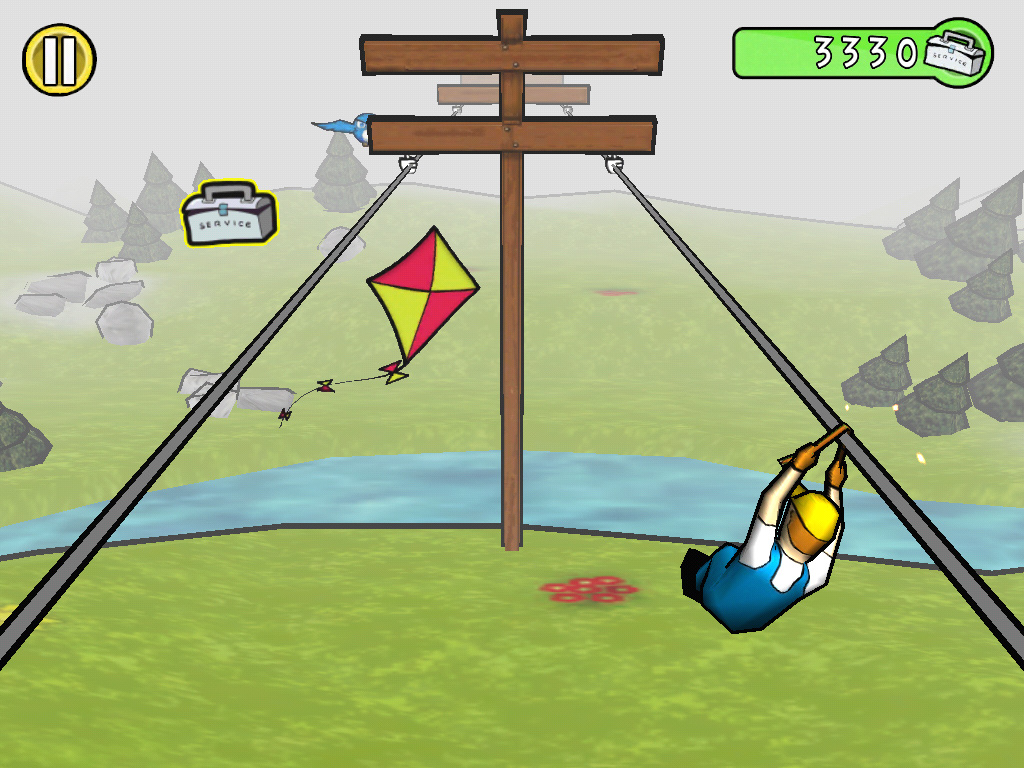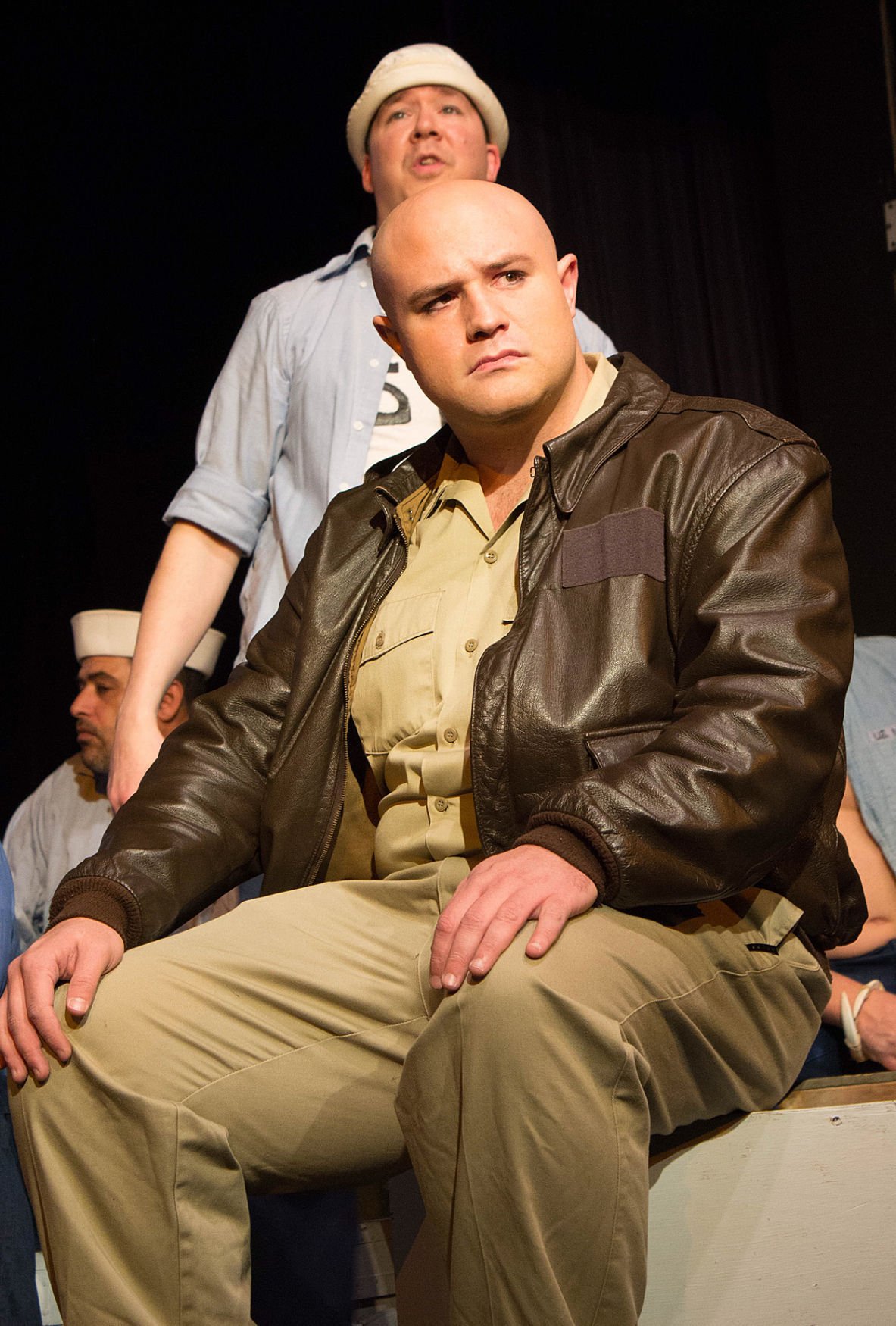

There was a cast of around 30 individuals, all of whom did an amazing job, especially the two young children playing Emile’s son and daughter. However, the musical has multiple story lines as we learn more about the hilarious Luther Billis as well as Bloody Mary, Liat and the new Lieutenant, Joseph Cable. The pair meet on an island in the South Pacific whilst Nellie is an Ensign in the Navy and Emile has fled France. The musical follows the romance of Emile de Becque and Nellie Forbush wonderfully portrayed by Julian Ovenden and Gina Beck. In general, this is a transporting “South Pacific,” which should satisfy veterans of the show and newcomers, marred only by the Wick’s disappointing reliance on pre-recorded musical accompaniment.The Chichester Festival Theatre production of Rodgers and Hammerstein's South Pacific was absolutely enchanting from start to end. That may explain why he acts the role so convincingly, as well as caressing such rumbling ballads as “Some Enchanted Evening” and “This Nearly Was Mine.” Koeck is more than up to the demands of his second act authors’ message,” You’ve Got to Be Carefully Taught,” and Phillips is a twinkle-eyed natural as Bloody Mary. Emiles are usually drawn from the world of opera, but Chandler is more musical theater. Hick handles her boisterous numbers (“A Wonderful Guy,” “Honey Bun”) with verve, and even manages to convince us of the whipsawing emotions that Nellie goes through. Still, director Norb Joerder moves the evening along effectively, if not exactly briskly, aided by Josieu Jean’s location-setting animated projections.


Much of “South Pacific” is captivating, but momentum definitely flags late in the production, mostly a function of contemporary attention spans attuned to the shorthand way story is told in musicals today. Their actions are conveyed through radio reports, in extended book scenes that contribute to the show running nearly three hours long. War may be raging nearby, but Nellie and the other nurses seem more concerned about rehearsing for the “Thanksgiving Follies.” Eventually, though, the show focuses on the conflict - offstage, at least – as Emile and Joe volunteer to go behind enemy lines to report troop movements. Leavening the dramatic narrative is an ensemble of Seabees, who are equally frustrated by their lack of women and combat. But that does not bother Nellie nearly as much as his history with a Polynesian woman which produced two children.Īs Rodgers and Hammerstein often did, they include a second parallel romance, between a Princeton-educated lieutenant, Joe Cable (Marc Koeck), and an island girl, Liat (Jen Chia), pimped by her entrepreneurial mother, Bloody Mary (Amy Jo Phillips). De Becque has a dark past, having once killed a man. Romance is very much in the air, chiefly between a self-described “hick from the sticks,” Navy nurse Nellie Forbush (Adrienne Hick), and Emile De Becque (Nat Chandler), a French plantation owner who lives on a Pacific island not far from the attacking Japanese. And so the Boca Raton company has given them what they want, a straightforward, heartfelt, well-sung production with the show’s many assets intact. Whatever the reason, “South Pacific” has remained popular over the years and is said to be the most requested title by Wick Theatre audiences. Sure, it brims with lovely musical numbers that have since become hit standards, but the show is also the songwriters’ most overt statement against racial prejudice. That is the basis of “South Pacific,” their only Pulitzer Prize winner, drawn from a couple of James Michener’s “Tales of the South Pacific,” which had earlier won a Pulitzer as well.

Then composer Richard Rodgers teamed up with lyricist Oscar Hammerstein II, deepening the subject matter, often exploring clashes of cultures in song. Prior to 1943, musicals were usually formulaic love stories, if they had any plot at all.


 0 kommentar(er)
0 kommentar(er)
